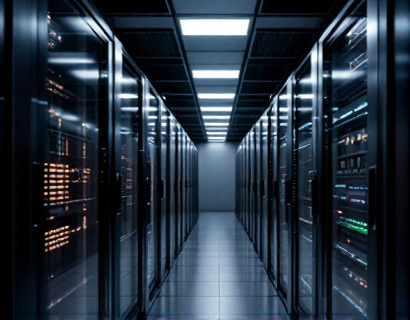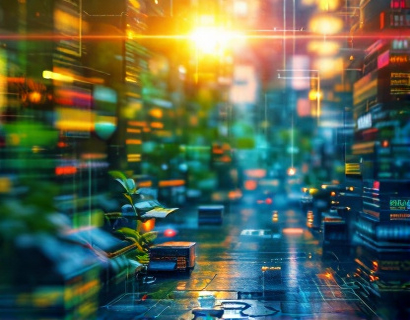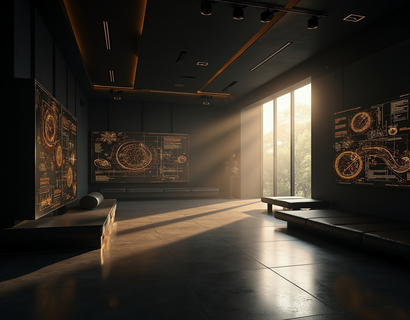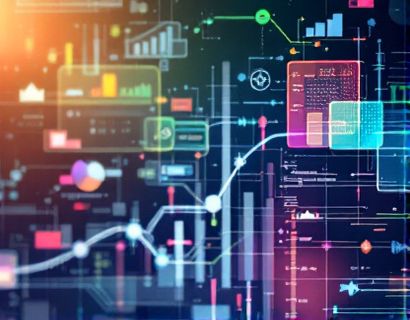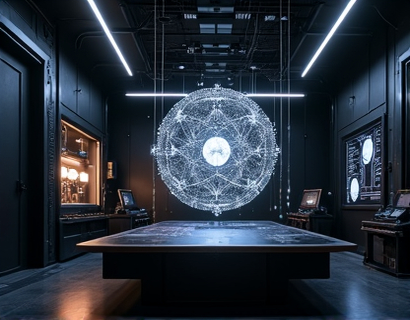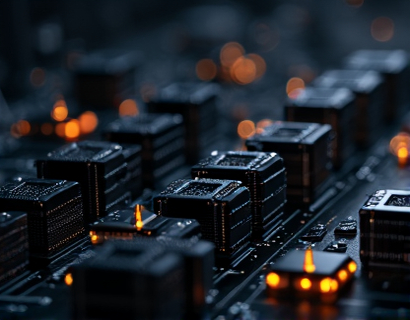Maximize Your Indoor Garden: Advanced Tech for Optimal Solarium Ecosystems
In the quest for a thriving indoor garden, the integration of advanced technology plays a pivotal role in transforming light, climate, and automation into a symbiotic ecosystem that fosters optimal plant growth and sustainability. This article delves into the sophisticated solutions that can elevate your indoor gardening experience, creating a high-tech oasis where technology and nature harmoniously coexist. By leveraging cutting-edge innovations, gardeners can tailor their environments to meet specific plant needs, ensuring not only robust growth but also resource efficiency.
Optimizing Light for Plant Growth
Light is one of the most critical factors in plant growth, and indoor gardens often face the challenge of replicating natural sunlight. Advanced LED grow lights have revolutionized this aspect, offering a spectrum of light that closely mimics the sun's rays. These lights are energy-efficient, producing less heat and consuming less power compared to traditional grow lights. By adjusting the light spectrum and intensity, gardeners can cater to the specific requirements of different plant species, from seedling to flowering stages. For instance, blue light is ideal for vegetative growth, while red light promotes flowering and fruiting. Smart lighting systems can automate these adjustments, ensuring plants receive the optimal light conditions at all times.
Climate Control for Ideal Growing Conditions
Maintaining the right climate within an indoor garden is essential for plant health. Advanced climate control systems integrate temperature, humidity, and CO2 levels to create an ideal environment. Smart thermostats and humidistats can automatically adjust heating, cooling, and ventilation systems to maintain optimal conditions. For example, during hot summer months, these systems can activate cooling mechanisms to prevent overheating, while in colder periods, they ensure sufficient warmth without overheating the space. Additionally, CO2 enrichers can be programmed to release carbon dioxide during specific times, enhancing photosynthesis and boosting growth rates.
Automation for Effortless Gardening
Automation is a game-changer in indoor gardening, reducing the need for constant manual intervention and ensuring consistent care for plants. Automated irrigation systems can be set to water plants at precise intervals, based on soil moisture levels and plant needs. This not only conserves water but also prevents overwatering, a common issue in indoor gardens. Fertigation systems, which combine fertilization and irrigation, further optimize nutrient delivery, ensuring plants receive the exact nutrients they need at the right times. Smart sensors monitor various parameters, sending alerts when adjustments are necessary, allowing gardeners to stay informed without constant monitoring.
Customizable Environments for Unique Needs
Every indoor garden is unique, with different plants having specific requirements. Advanced technology allows for highly customizable environments that cater to these diverse needs. Modular systems enable gardeners to design their space according to the specific plants they wish to grow, adjusting light, climate, and nutrient delivery for each area. For instance, a section dedicated to tropical plants might require higher humidity and warmer temperatures, while a section for succulents needs well-draining soil and less frequent watering. This level of customization ensures that each plant thrives in its designated zone, maximizing overall garden productivity.
Sustainability through Smart Technology
Sustainability is a key consideration in modern indoor gardening. Advanced technologies not only enhance plant growth but also promote resource efficiency. Energy-efficient LED lights and smart climate control systems reduce energy consumption, lowering the environmental impact of indoor gardens. Water-saving irrigation systems and precise nutrient delivery through fertigation minimize waste, making these setups more sustainable. Additionally, some systems incorporate recycling mechanisms for water and nutrients, further reducing the ecological footprint. By embracing these technologies, gardeners can enjoy a thriving indoor garden while contributing to environmental conservation.
Data-Driven Gardening for Enhanced Results
The integration of data analytics in indoor gardening provides valuable insights that can significantly improve plant health and growth. Smart sensors and IoT devices collect data on various environmental factors, which can be analyzed to identify trends and optimize conditions. For example, data on light exposure, temperature fluctuations, and humidity levels can help gardeners fine-tune their setups for better results. Machine learning algorithms can predict plant needs and suggest adjustments before issues arise, ensuring a proactive approach to gardening. This data-driven approach not only enhances plant growth but also saves time and resources by eliminating trial-and-error methods.
Future-Proofing Your Indoor Garden
As technology continues to evolve, staying ahead of the curve is essential for maintaining a cutting-edge indoor garden. Embracing new innovations such as artificial intelligence and machine learning can further enhance garden management. AI-powered systems can learn from historical data and real-time sensor inputs to make autonomous decisions, optimizing conditions without human intervention. These systems can adapt to changing plant needs and environmental conditions, ensuring long-term sustainability and high yields. By investing in future-proof technologies, gardeners can create a resilient and adaptable indoor ecosystem that thrives for years to come.
Conclusion
Advanced technology offers a wealth of opportunities to maximize the potential of indoor gardens. By optimizing light, climate, and automation, gardeners can create a thriving, sustainable ecosystem tailored to their unique needs. The integration of smart systems not only enhances plant growth but also promotes resource efficiency and environmental responsibility. As the field of indoor gardening technology continues to advance, embracing these innovations will ensure that your garden remains a vibrant and productive space, where technology and nature blend seamlessly for unparalleled growth and sustainability.



